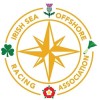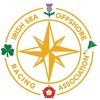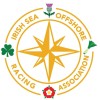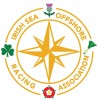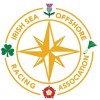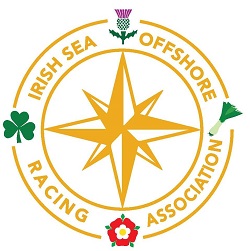 ISORA provides owners and crew an opportunity to race offshore in a friendly, family atmosphere. Racing is always competitive but there is always a great emphasis on safety which starts with an understanding of the risks involved in offshore racing and the constant need to be aware of changing conditions and a total respect for the elements is essential to enjoying our sport in safety.
ISORA provides owners and crew an opportunity to race offshore in a friendly, family atmosphere. Racing is always competitive but there is always a great emphasis on safety which starts with an understanding of the risks involved in offshore racing and the constant need to be aware of changing conditions and a total respect for the elements is essential to enjoying our sport in safety.
We expect competitors to race responsibly and make appropriate provision for the safety of crews and boats, and maintain equipment carefully.
All ISORA competitors will abide by the following:
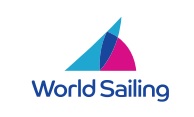 The 'Rules' (World Sailing - Racing Rules of Sailing 2021 - 2024) here and
The 'Rules' (World Sailing - Racing Rules of Sailing 2021 - 2024) here and- World Sailing Special Offshore Rules 2020-2021 - here and (some key changes here)
- The International Regulations for Preventing Collisions at Sea (also known as COLREG here further information on COLREGs available on the RYA web-site here
Competitors should be familiar with and abide by the rules set out in the ISORA Racing Documents as follows:
- Notice of Race
- General Sailing Instructions (SIs)
- Supplemental Sailing Instructions (SSIs) for each race.
- Additionally, competitors should have full regard of the Code of Practice - The Safe Operation of Recreational Craft.
Inshore and Coastal races will be subject to the rules set out by 'World Sailing' Category 4. The Offshore races are generally subject to 'World Sailing' Category 3 compliance with Liferaft (3+). Longer RORC races such as the Round Ireland Race will be Category 2. The relevant Category for each race will be made clear in the Supplemental Sailing Instructions for that race.
World Sailing describe the conditions for each Category as follows:-
Category 1
Category 1 - Races of long distance and well offshore, where boats must be completely self sufficient for extended periods of time, capable of withstanding heavy storms and prepared to meet serious emergencies without the expectation of outside assistance
Category 2
Category 2 - Races of extended duration along or not far removed from shorelines or in large unprotected bays or lakes, where a high degree of self-sufficiency is required of the boats
Category 3
Category 3 - Races across open water, most of which is relatively protected or close to shorelines. The things you need and need to do are listed in this document OSR Category 3 plus Category 2 Life-rafts >here and in
Category 4
Category 4 - Short races, close to shore in relatively warm or protected waters normally held in daylight. The things you need and need to do are listed in this document
 To check what you require for each race please refer to the World Sailing Offshore Special Regulations 2020 - 2021(these are valid until December 2021. Here.
To check what you require for each race please refer to the World Sailing Offshore Special Regulations 2020 - 2021(these are valid until December 2021. Here.
Click here to download the WS -OSR Category 3 (with liferaft) Checklist
Supporting documents:
{slider Way Points}
For racing in ISORA it is important that you understand the rules for racing around Waypoints and the following links are provided for reference.
Virtual Waypoints - World Sailing Guidance on Racing around Waypoints
Virtual Waypoints - Appendix WP - Rules for Racing Around Waypoints
{slider Declaration}
By entering an ISORA race you will have made the following declaration as part of the entry conditions
{slider Night Races and TSS}
Night Races and TSS (Traffic Separation Zones)
{slider Moving Ballast}
Warning on the movement of ballast - from the World Sailing - Racing Rules of Sailing 2021 - 2024
51. MOVABLE BALLAST
All movable ballast, including sails that are not set, shall be properly stowed. Water, dead weight or ballast shall not be moved for the purpose of changing trim or stability. Floorboards, bulkheads, doors, stairs and water tanks shall be left in place and all cabin fixtures kept on board. However, bilge water may be bailed out.
{/sliders}
Page updated 18th October 2020




